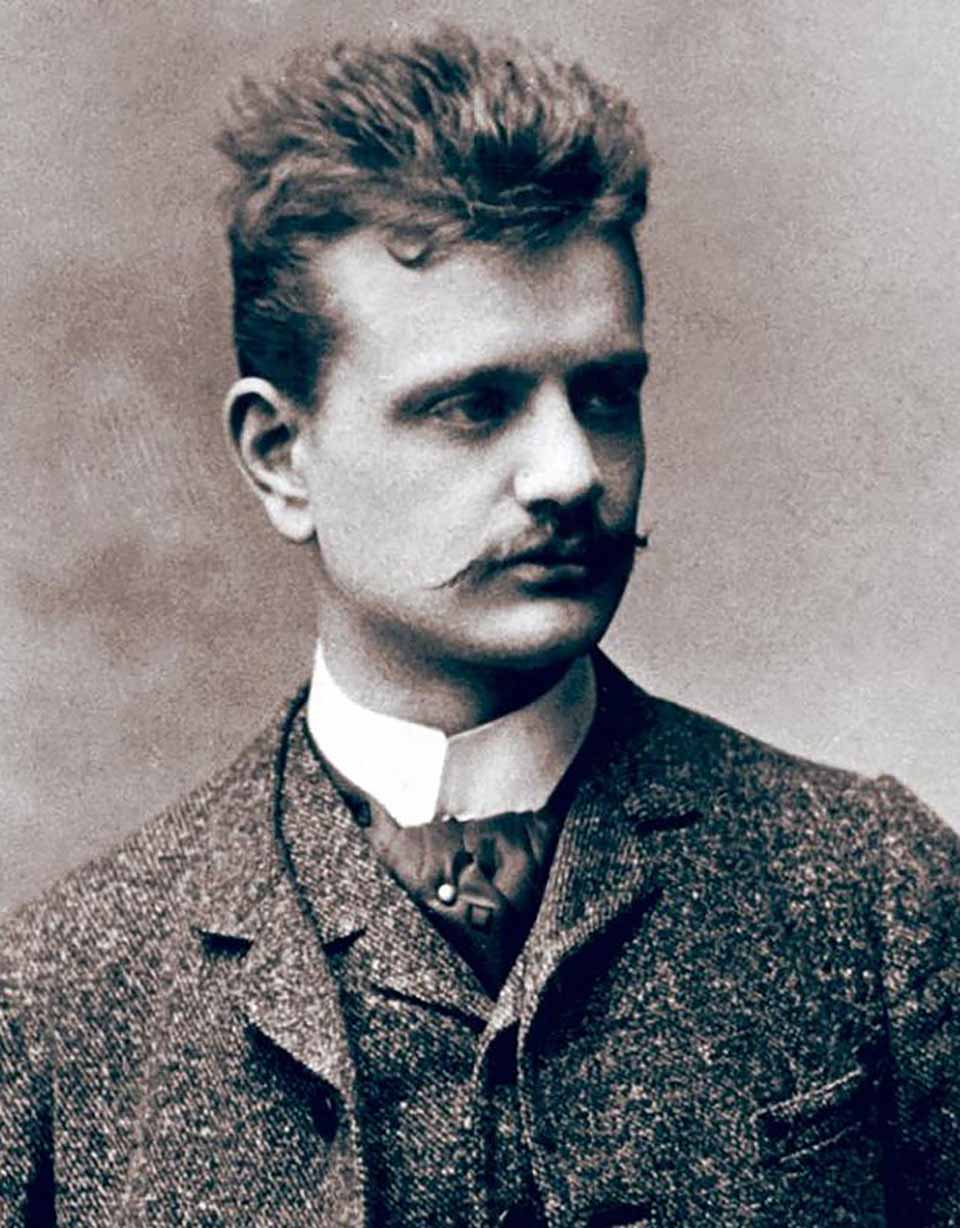
Have you ever experienced one of those occasions when for no obvious reason, a musical phrase or tune enters your head, churns over and over like a tape-loop and refuses to leave? If so, you are not alone because studies have shown that at least 95% of the population have had this experience. An earworm is sometimes referred to as a brainworm (which is probably more accurate), sticky music, stuck-song syndrome or if you want to impress, involuntary musical imagery.
Earworms have often visited me, usually when I’m engaged in some mindless activity such as washing dishes, making dog food or generally pottering about in the kitchen. Quite often I can’t identify the music, I just know that I’ve heard it before somewhere. Last year, I had an earworm of a few bars of orchestral music. I could “hear” woodwinds playing and it seemed to be in A flat. It buzzed around in my head like an irritating fly. After many days of trying to identify the fragment I wrote it out and sent it to a friend who has a vast knowledge of the orchestra repertoire. He recognized it instantly as a phrase from the second movement of The Gadfly Suite by Shostakovich. But here’s the amazing thing: I’d not heard that work since 1998.
The expression “earworm” evidently comes from the German ohrwurm and the phenomenon must have been around for generations, if not centuries. Earworms have probably become more common since the middle of the 20th century when recorded, broadcast or background music has become commonplace.
A few months ago, I caught a particularly disagreeable earworm for several days. It was that 1955 song Love and Marriage with words by Sammy Cahn and popularized by Frank Sinatra. Even as a teenager, I disliked the awkward melody and despised the babyish, simplistic lyrics: “love and marriage go together like a horse and carriage”. They implied that there’s only one meaning of the word “love” and ignored the more noble and platonic meanings, and the closing line “You can’t have one without the other” was patently untrue. I also objected to the implication that the horse existed solely to pull carriages. But then, I was an awkward teenager.
Some people have found that they can exorcise earworms by singing a “cure song” such as God Save the King or Happy Birthday. The English composer Herbert Howells used to say that the best cure for an earworm is the slow movement of the Symphony in D minor by César Franck. One of my favourite American authors, Mark Twain wrote a short story in 1876 in which the narrator was acquired by a serious verbal earworm after reading a repetitive rhyme in a newspaper. The jingling rhyme stayed with him for days until he passed the “infection” to someone else.
It’s not yet fully understood what causes earworms. They may be part of a larger neurological phenomenon called involuntary memory. This is a lower level of memory in which recollections of the past occur without conscious effort. Perhaps an earworm is triggered by some kind of audio or visual cue, but the cue is not always obvious.
A good earworm arrived unexpectedly a few days ago: the theme from the second movement of Sibelius’ Third Symphony – that lovely lilting melody played by two flutes near the beginning. I’d not heard the work for many years but as I write this, it’s still buzzing around. However, unlike Mark Twain’s fictional character, I won’t pass it on to you. So instead, I’ll offer you another work by the same composer.
Recorded at The Proms in 2017, this is a heroic and compelling performance. Sibelius (si-BAY-lee-us) is best known for his seven symphonies, several tone poems and the violin concerto. Finlandia is one his best-loved shorter works and was written for the Press Celebrations of 1899. It’s rousing and turbulent music, evoking the national struggle of the Finnish people. Sakari Oramo takes the opening section slowly and menacingly but the fast section that follows goes at a furious tempo, which the musicians of the BBC orchestra handle with panache. The serene hymn-like theme (08:09) is often assumed to be a Finnish folk song and although it’s become national song of Finland, it was composed by Sibelius himself. This performance offers a rare opportunity to hear the work with chorus, which brings an added dimension to the music as well as heightening its emotional power. And if you get earworms after hearing this work, don’t blame me. Blame Sibelius.
 |
 |
 |





